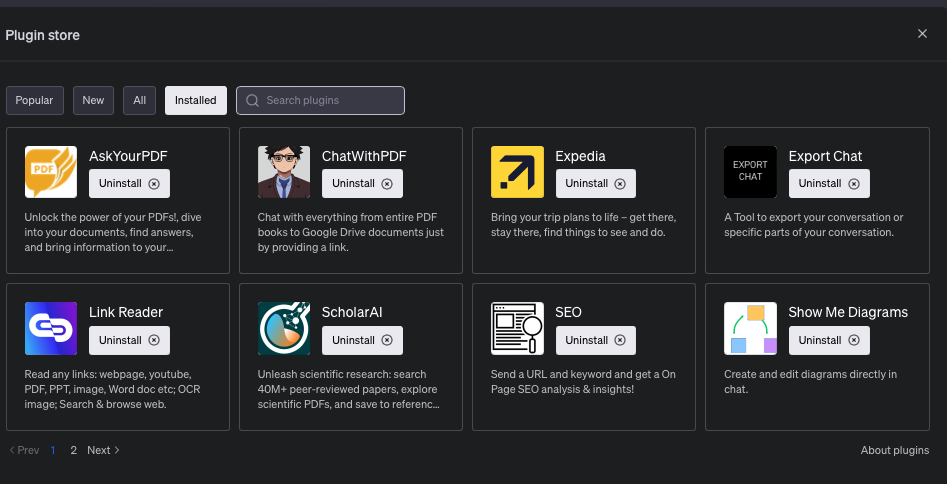
Revolutionising History Education with the ChatWithPDF and WebPilot ChatGPT Plugins
I’m excited to share with you...
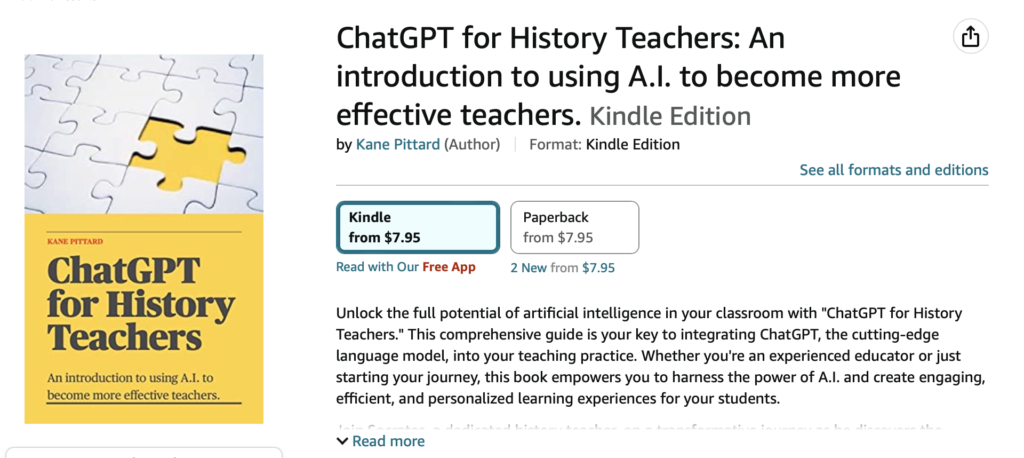
Introducing “ChatGPT for History Teachers”: Your Ticket to Efficiency and Empowerment
**The review is a little biased...

“The Rise of ChatGPT: How AI Services are Changing the Future of Work and Creating a Great Divide”
As a career practitioner with an...

Education and Teachers in the 4th Industrial Revolution
A thought provoking read on the...
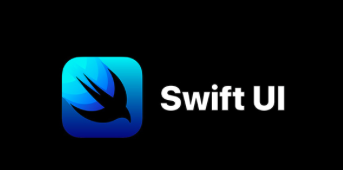
How ChatGPT and Mid Journey Can Assist Students in SwiftUI App Development
The world of app development can...

Swift Playgrounds: Unleashing the Power of Computational Thinking in Students
In the rapidly evolving digital world,...

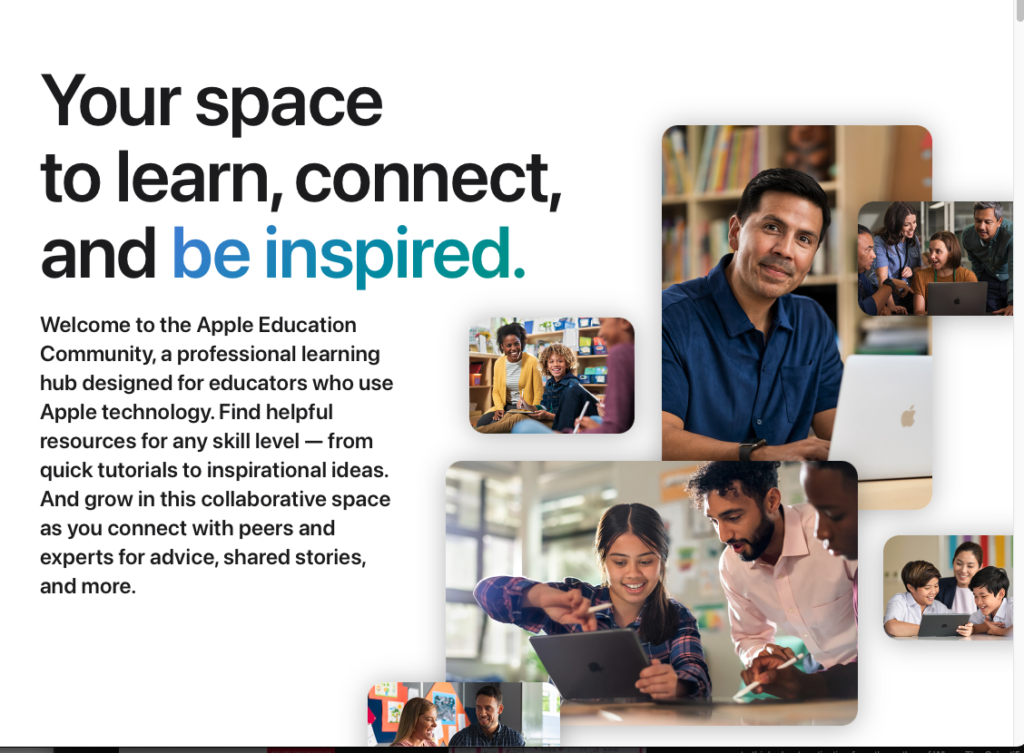
Apple Teacher Program
Technology has revolutionised the world of...

Title: Harnessing the Power of Mobile Phones for Education: Embracing Technology and Bridging the Digital Divide
As mobile phones. commencing with the...
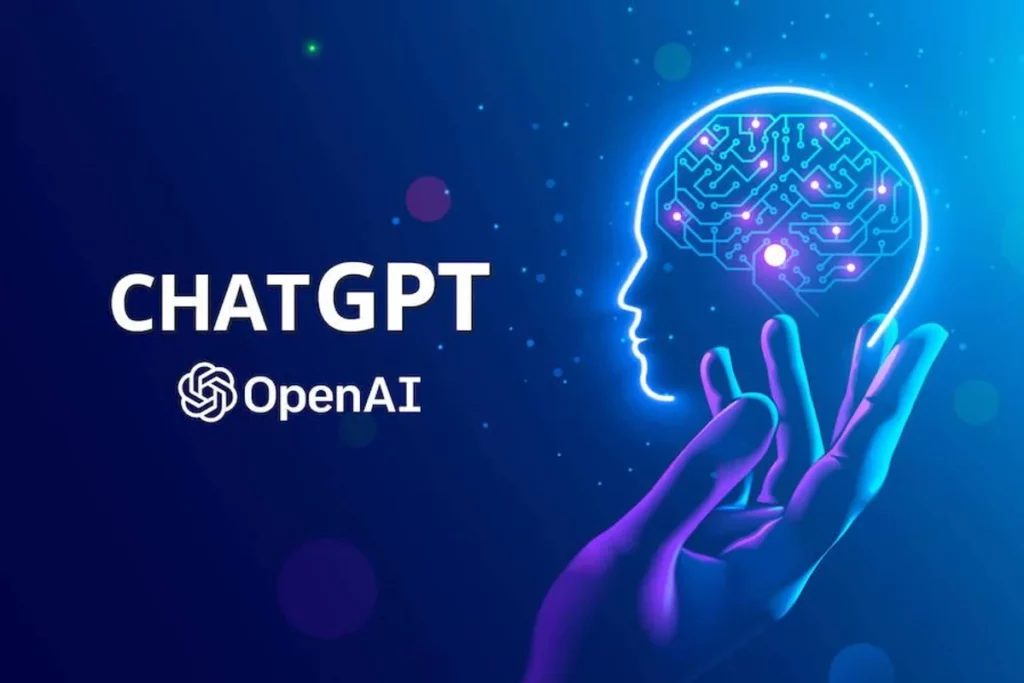
How to Develop Deeper Skills in Using ChatGPT
In today’s digital age, artificial intelligence...
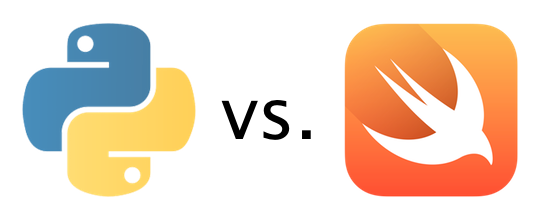
Why SwiftUI is a better option than Python for teaching coding in high school
As a #digitaltechnologies teacher, I am...
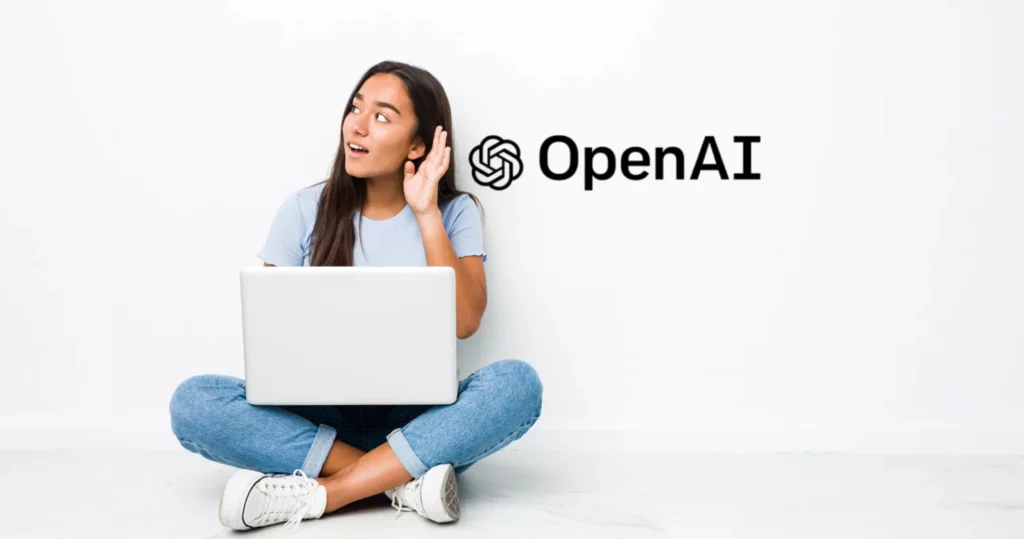
ChatGPT, the computer teacher: How to use AI to teach coding in class
My last article looked at some...